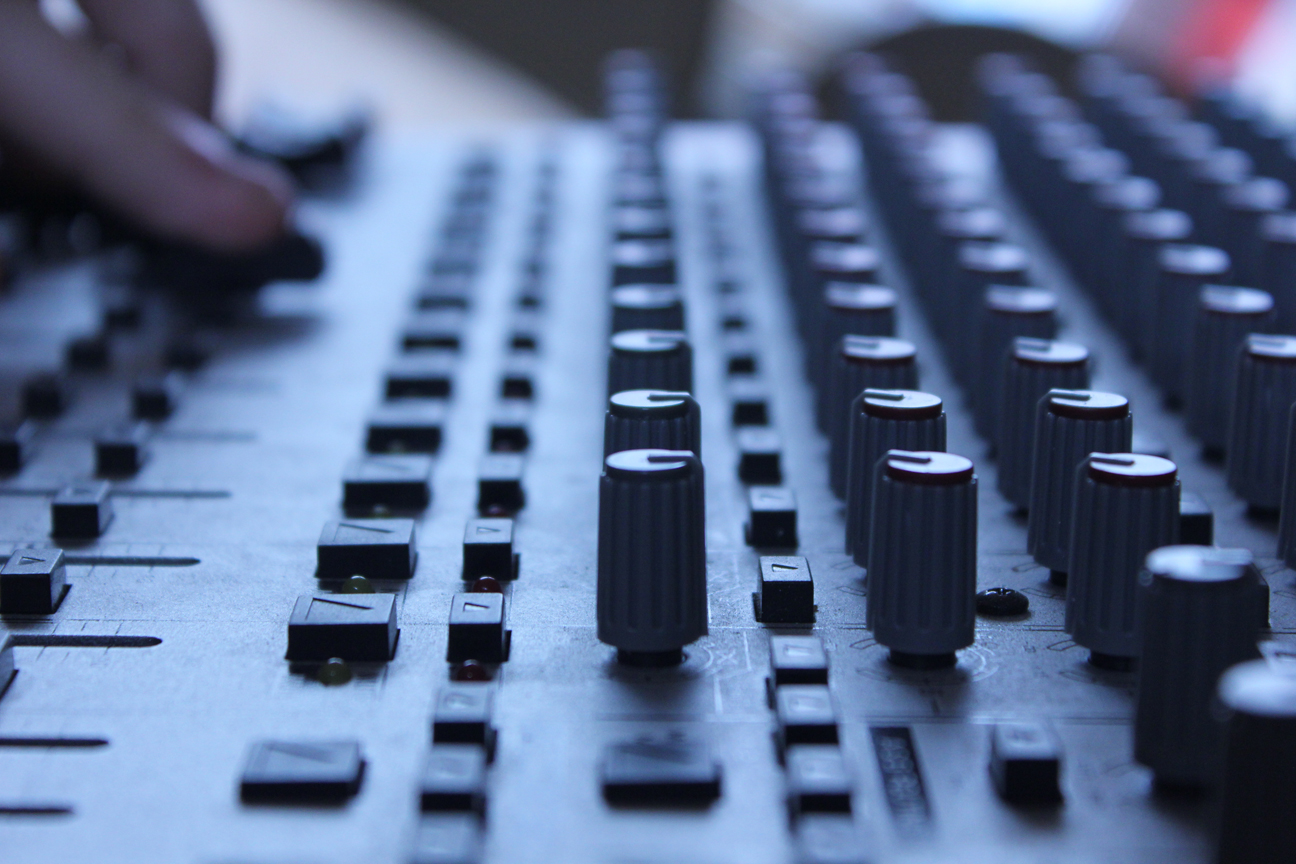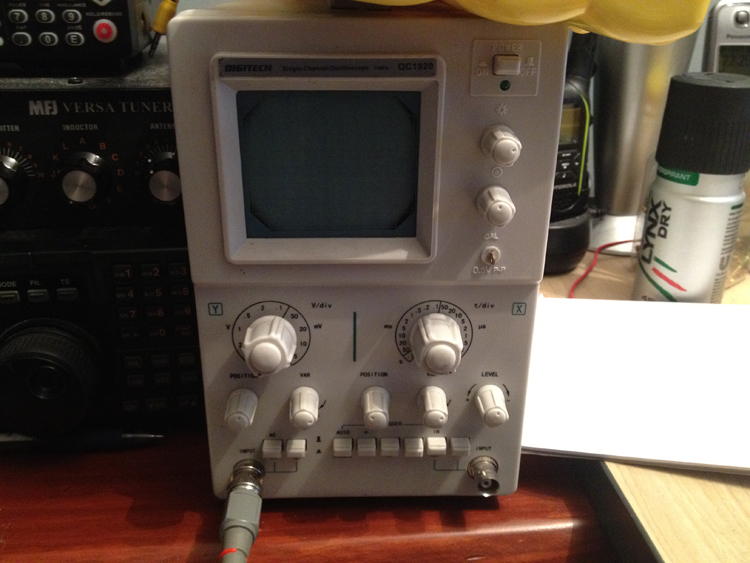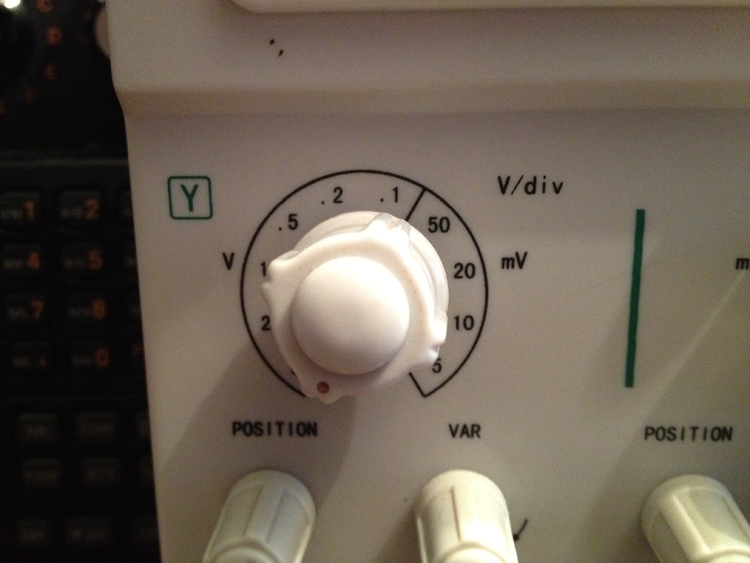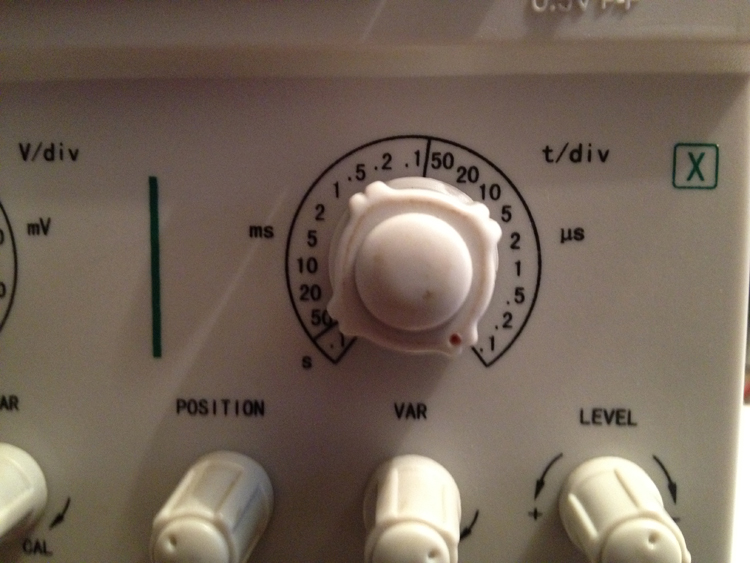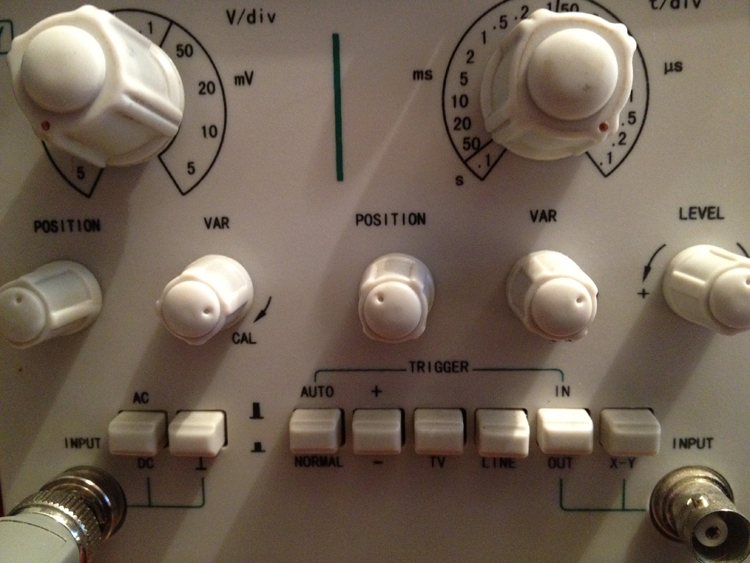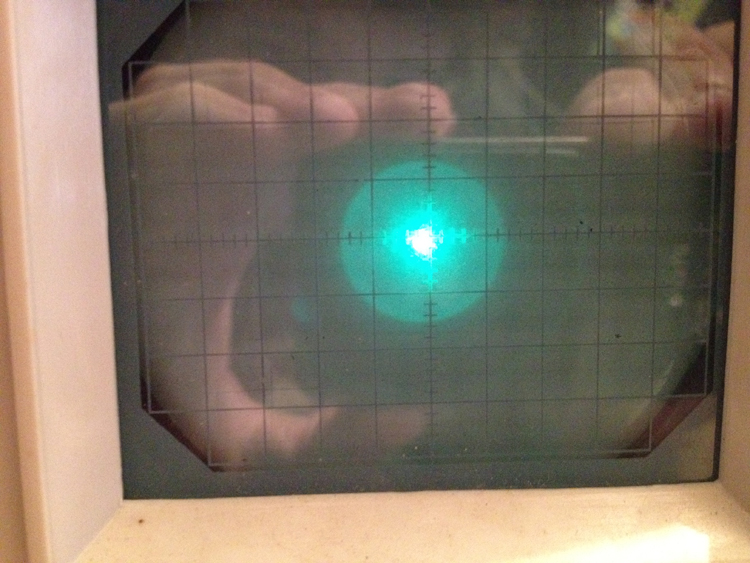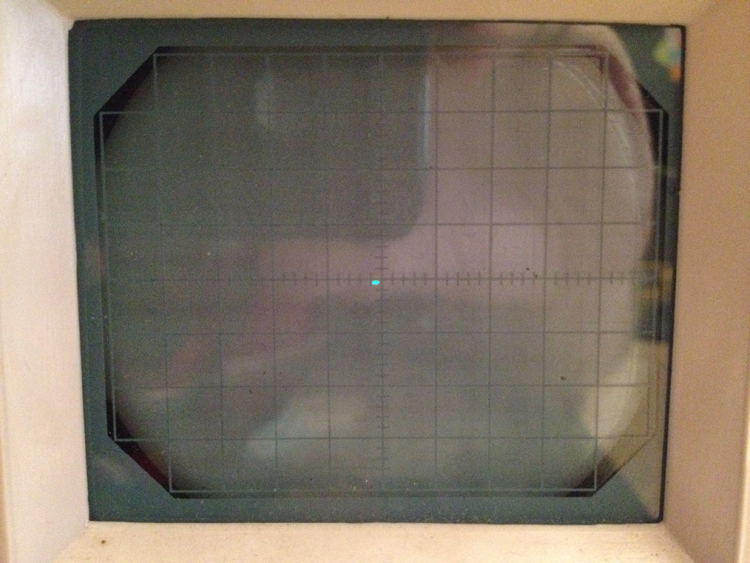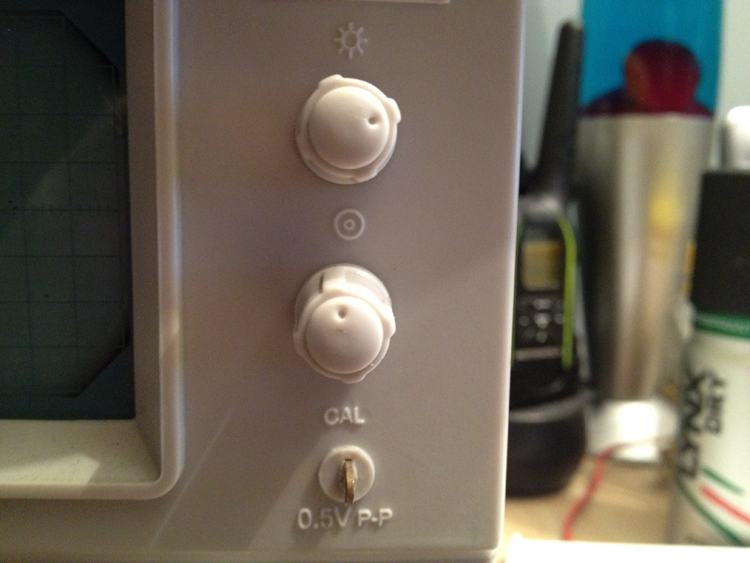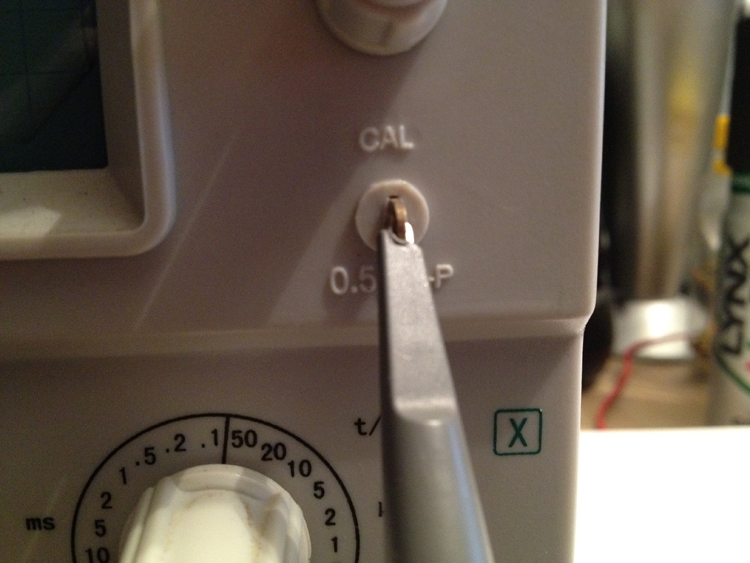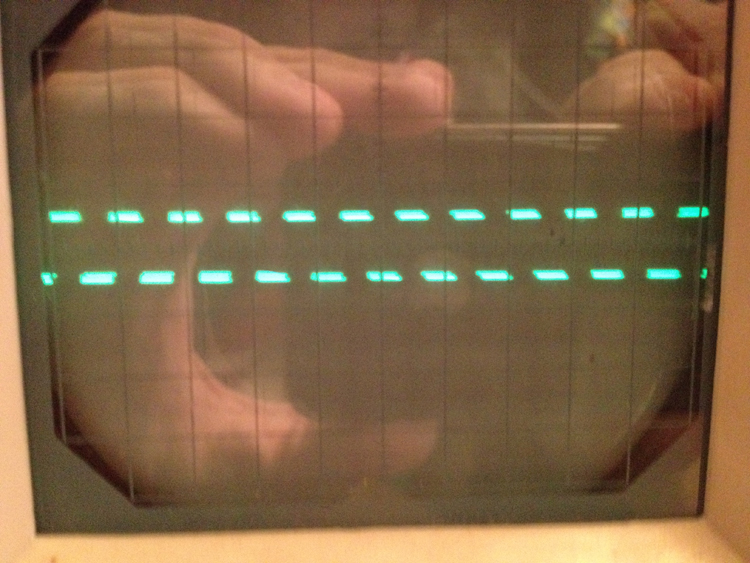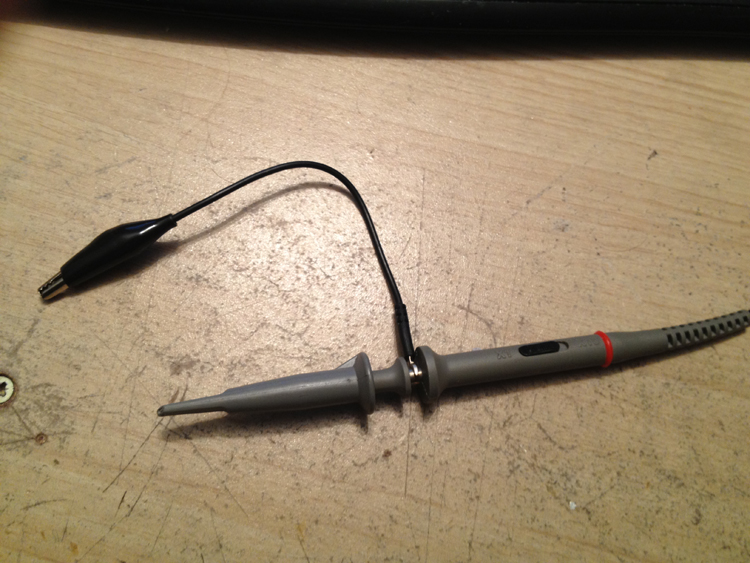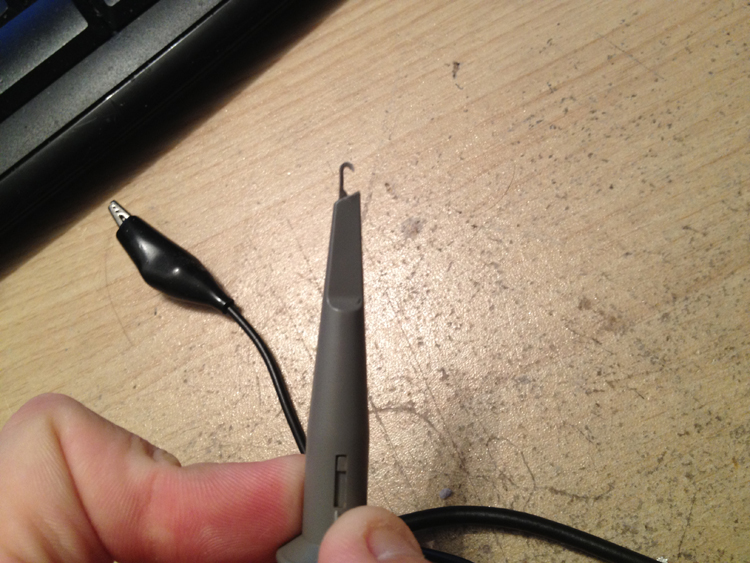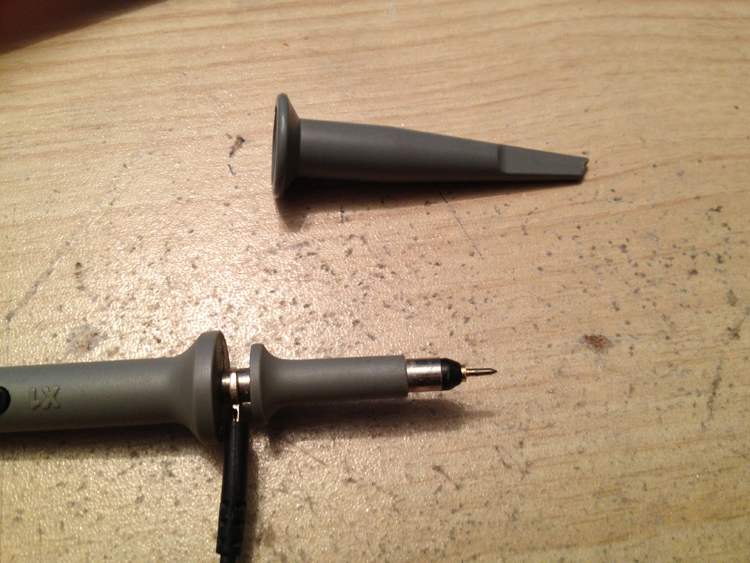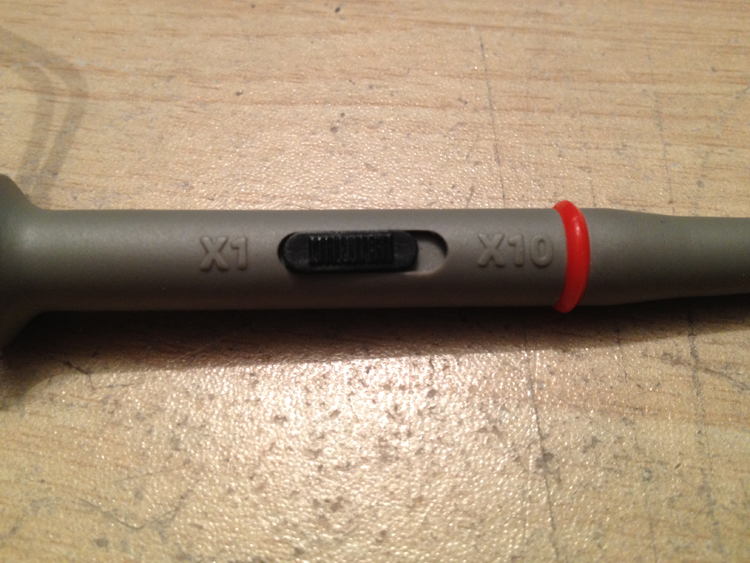The Historical Background of Music Technology
By Nahum Bolt
Throughout the history of music, its only limiting factor has been the technology that was available at that time. Rock was changed irreversibly by the solid body electric guitar, Classical music was changed by the addition of instruments such as the modern piano and clarinet, dance music by synthesizers etc. The role of music technology that I will be looking at is the way that recording studio software has developed, and how it has impacted on everyday music consumers. The development of recording software also ties in with the rise of do-it-yourself recording and the impact on live music. Home recording has been instrumental in allowing anybody to make a professional recording in the comfort of their own home, and gives the musician or band complete freedom to do what they like and create the music how they want it. For example, Rebecca Black released a track called Friday on YouTube, and at once people made many parodies of that song. That could not happen back then, as they would have needed a professional recording studio and that would have been too expensive. At the end of the day, music software was created because people were tired of writing music out by hand. As the software evolved, musicians and Studio engineers realized that you could do so much more with it like using it to mix and master tracks, and as a new way to edit the music without re-recording it. The midi interface made this all possible, as it allowed any instrument to interface with the sequencing or notation software so that musicians could directly play into the program without needing a mixing desk. Midi allowed the recording software to be used to its full extent, especially for home users who can go from midi to usb into their computer and record a music track, and then upload it the next day to a video sharing website where it will be viewed.
The history of recording software runs parallel with the development of the personal computer, and eventually branched out to either software on the Microsoft Windows operating system or on the Macintosh operating system. When they were created, they were quite limited at that time mostly due to the limitations of the computer it was running on, however now that is changed and the only limitation is what hardware that you use. The 1980’s is a period of time where music production and recording was very important, and the first of these software applications were written for various popular micro-computers of the time like the Commodore C64, Sinclair ZX Spectrum and Apple II. Apple increased in in popularity because of its graphical user interface (windows with icons and mouse pointer), so the first sequencer for Mac was developed by Mark of the Unicorn and it was called performer. The Atari ST was also very popular as because it was a gaming computer it implemented the Midi interface, and at the same time it was cheaper than the Mac. Steinberg Cubase and Emagic Notator (now known as Logic) were developed for the Atari ST. Now unlike the Mac, the first Microsoft Windows were not that stable at that time but nonetheless Cakewalk MIDI sequencer and the SCORE music notation package were the first music software to be made for the Windows platform. At then end of the 1980’s, another key software program called Finale was created for the Mac (very very popular until Sibelius overtook it in recent years). In 1989 Digidesign introduced sound tools, a two-track recorder which provided mono or stereo recording/editing/playback as well as DSP effects like EQ, Gain Change, and noise reduction. In 1990 the first MIDI and audio sequencer was produced using Studio Vision and used Digidesign’s sound tools for the audio. Pro Tools was released in 1992. Later on in the 90s, Cubase and Steinberg both added score writing features after the program Sibelius was created for the not very popular microcomputer Acorn Archimedes. An entire new market was created when Steinberg created the VST plugin, and other companies quickly followed. Around 2002, Pro Tools became the standard software used in Studios. Apple took over Logic so now it is only available for the Apple platform.
Impact on technology on music consumers
Recording software has bridged the gap between the music maker and the music consumer. With a bit of knowledge anyone can re-mix any audio track to their liking, for an example many people create dance tracks out of popular music.
Recording software has a massive impact on live music. No longer does a musician have to be inhibited by only a select range of sounds that he/she can use, but the VST plugins are endless and therefore the different sounds one can achieve are endless. Thus, there is a lot more variation with how tracks can be performed live because you can use a program like Ableton Live or any other sequencer to play any sound that you wish while you are performing. For an example, if you wanted a bass drop as some are fond of doing, then you can just hook it up to the computer.
In Popular music, what the music consumer hears is such a radical difference to what they would actually hear if the technological advances in sequencing programs had not been made. Audio engineers are able to manipulate the audio in whatever way they wish, so they can make it absolutely perfect. If that means replacing the drum track then that is what they do, substituting a VST drum track that sounds perfect in its place and if a good master has been done then the audio engineer has made up for what is lacking in the environment and the instrument. Thus when the music consumer buys any cd of the shelf, the only complaint he/she makes is about the artist and not about the quality of the recording.
Because of the popularity of home studios, they allow musicians to record professional tracks at home rather than go to an expensive studio instead. This means that far more music is being made and listened to because of the convenience the artist has and the relative inexpensiveness. Also, when a music consumer listens to the track that has been made, they are listening to the track that has been recorded by them, mixed by them, mastered by them and played by them. Therefore, you are listening to something that is entirely who the band wants it to sound like and not the influence of a producer or engineer.
In conclusion, I think that music software is one of the most important developments in recording, and I do believe that it has opened up the world of music to a whole new level. In this world where you may get famous from your music on the internet, recording at home plays an ever greater part in today’s society.
http://www.hypnotic-audio-secrets.com/blog/466/recording-studio-software-history/
